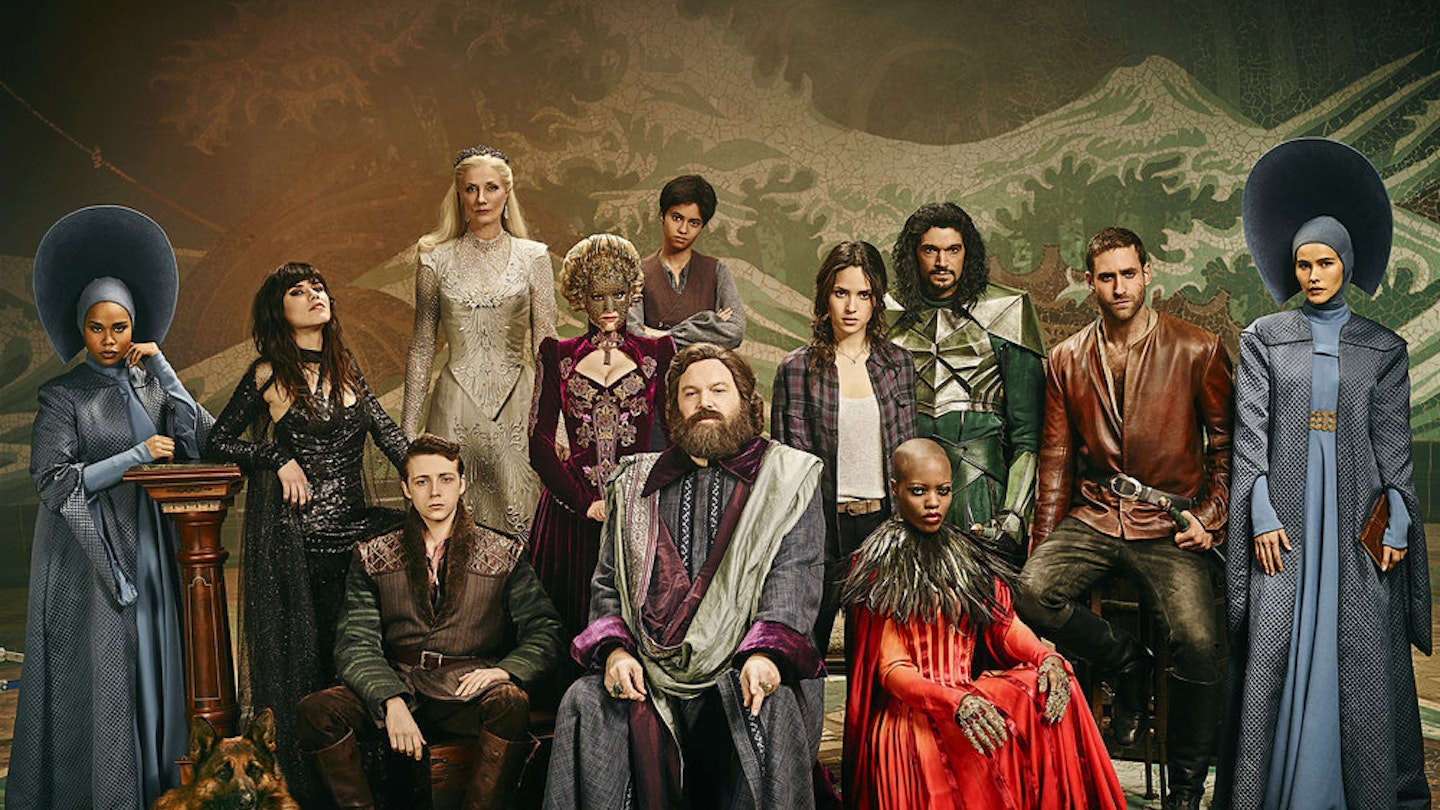When you think of L. Frank Baum’s world of Oz, the odds are you’re struck by thoughts of singing munchkins, witches floating around in bubbles or getting crushed by houses, Judy Garland singing “Over The Rainbow”, the greatest supporting characters made of straw, tin and fur that you’ll find anywhere, and, of course, those damn flying monkeys. But ever since 1939’s The Wizard Of Oz, filmmakers have been digging deeper into Baum’s world.
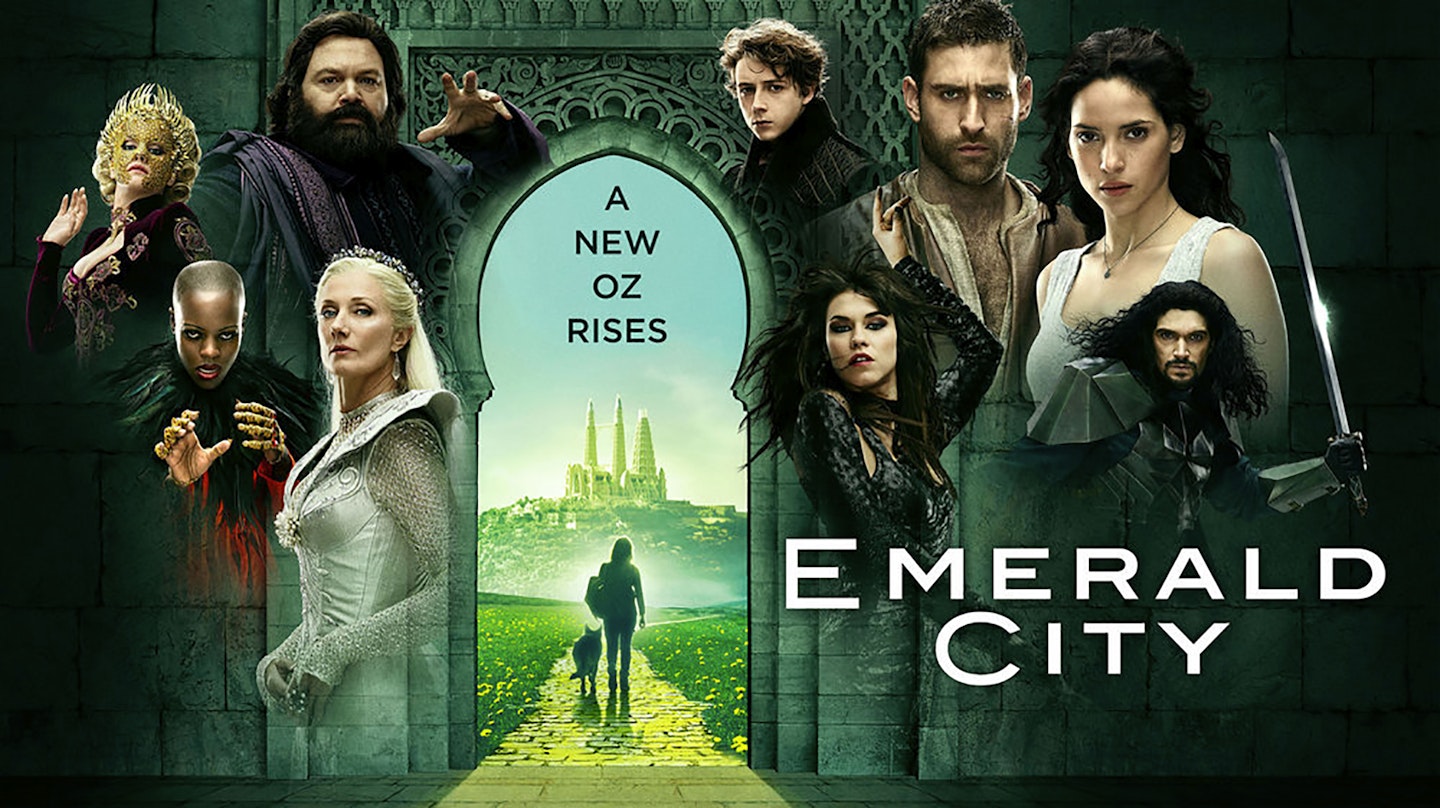
Writer/director Walter Murch did so in 1985’s Return To Oz, which began with young Dorothy on the verge of electrotherapy treatments to combat her dreams of another realm; producer Tim Burton briefly dabbled in a more adult take in the 2000 TV pilot Lost In Oz, and then there was 2013’s prequel, Oz The Great And Powerful. But come this January, viewers will get the most ambitious take on the material yet attempted, the series Emerald City.
Consisting of a ten-hour first season, all of which is directed by Tarsem Singh, Emerald City is centered on twenty-year-old Dorothy Gale (Adria Arjona), who is searching for her biological mother; a search that leads her and a stolen K9 police dog to drive head-on into a tornado, the results of which transport both of them to the world of Oz. And it's an Oz ruled by Vincent D’Onofrio’s Wizard, and filled with a number of characters taken from Baum’s novels, some familiar and many not. This world is officially described as “a mystical land of competing kingdoms, lethal warriors, dark magic and a bloody battle for supremacy.” Kansas it ain’t.
Executive producer/showrunner David Schulner provides Empire with exclusive insight on the creation and development process of Emerald City.

What was the evolution of this show, because it was supposed to go to series, was cancelled before production began and then got the green light?
I have a very simple explanation and I hope it's a good analogy. A writer named Matt Arnold had this fantastic idea of taking all fourteen of Frank Baum's books and putting them all together. Characters that don't appear until the fourth book or the eighth book are all now inhabiting the same world, as opposed to the way Baum did it where he broke them up into chapters. Matt had this great idea, just put them all together and flesh out one world of the book series. And then Josh Friedman came in and became the showrunner. Josh really arced out what the show would be and hammered down on the tone. He also created some new characters; I think Josh is really responsible for the mature, adult fantasy, drama element to the show. Josh comes from a great sci-fi background, so I feel like he is responsible for that tone.
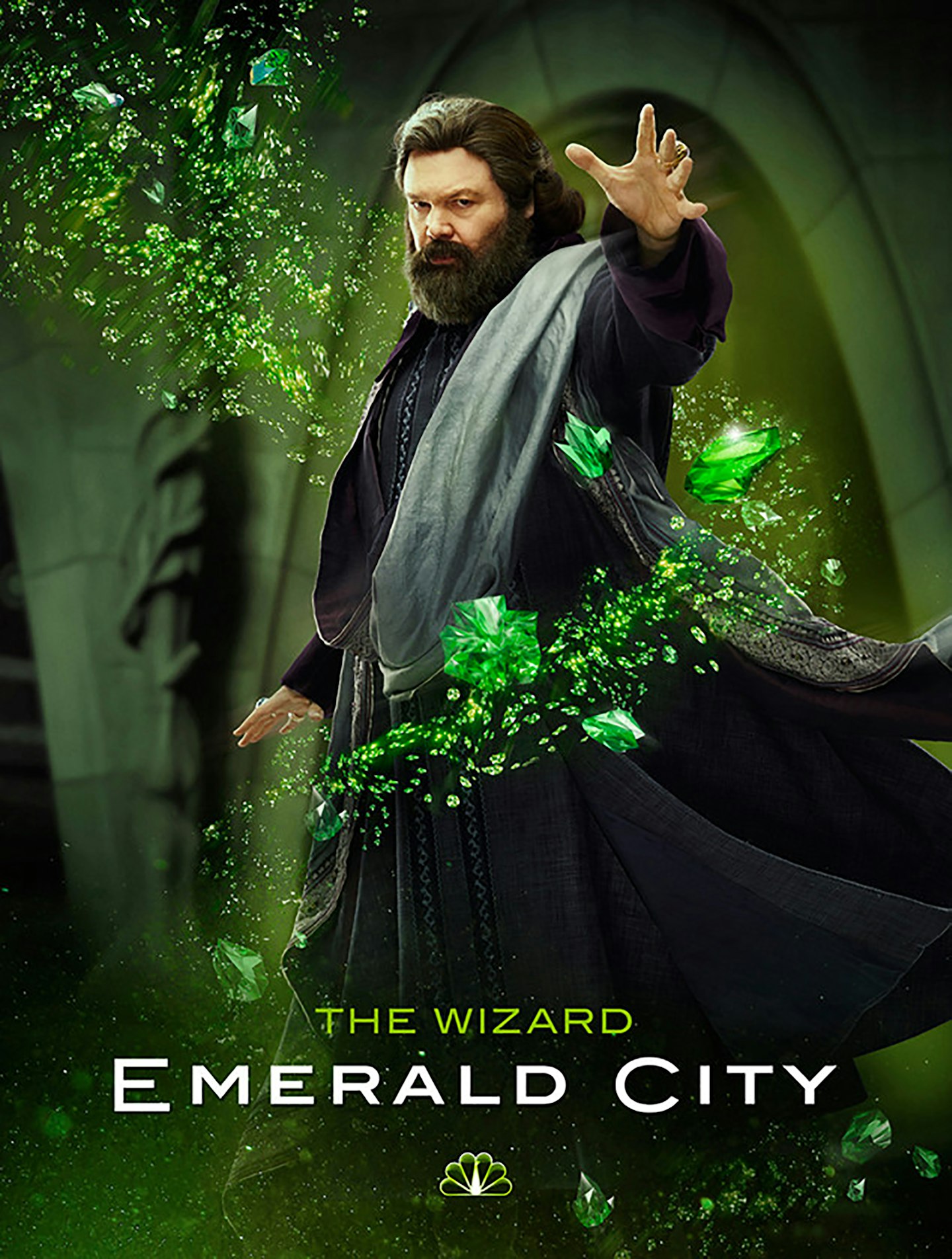
Then when he left, Shaun Cassidy and I came in and basically took Josh's vision and tried to run to the finish line with it. Since I was there for the breaking of the initial stories with Josh, I felt like I had a good sense of where we wanted to go and what the pitfalls were that didn't allow Josh to continue forward with the show. I felt like I was able to navigate those a lot easier, because I was there to watch them suffer through it. The way I compare my analogy is, Matt Arnold had a great idea, Josh Friedman was the architect of that idea, and Shaun and I are the contractors to that idea. That's not to diminish Shaun and my role in the show, because finding a good contractor's not that easy.
So true. But here’s where I play Devil’s Advocate: you’re taking the world of Oz, which is a happy-go-lucky fantasy world and adding all of these dark elements. How challenging is that when people have one perception of Oz, and you’re giving them a very different perspective?
I'm going to take issue with the fact that you're calling Wizard Of Oz happy-go-lucky. I think if you look on "The Top Ten Scariest Movies of All Time", Wizard Of Oz inevitably makes that list.
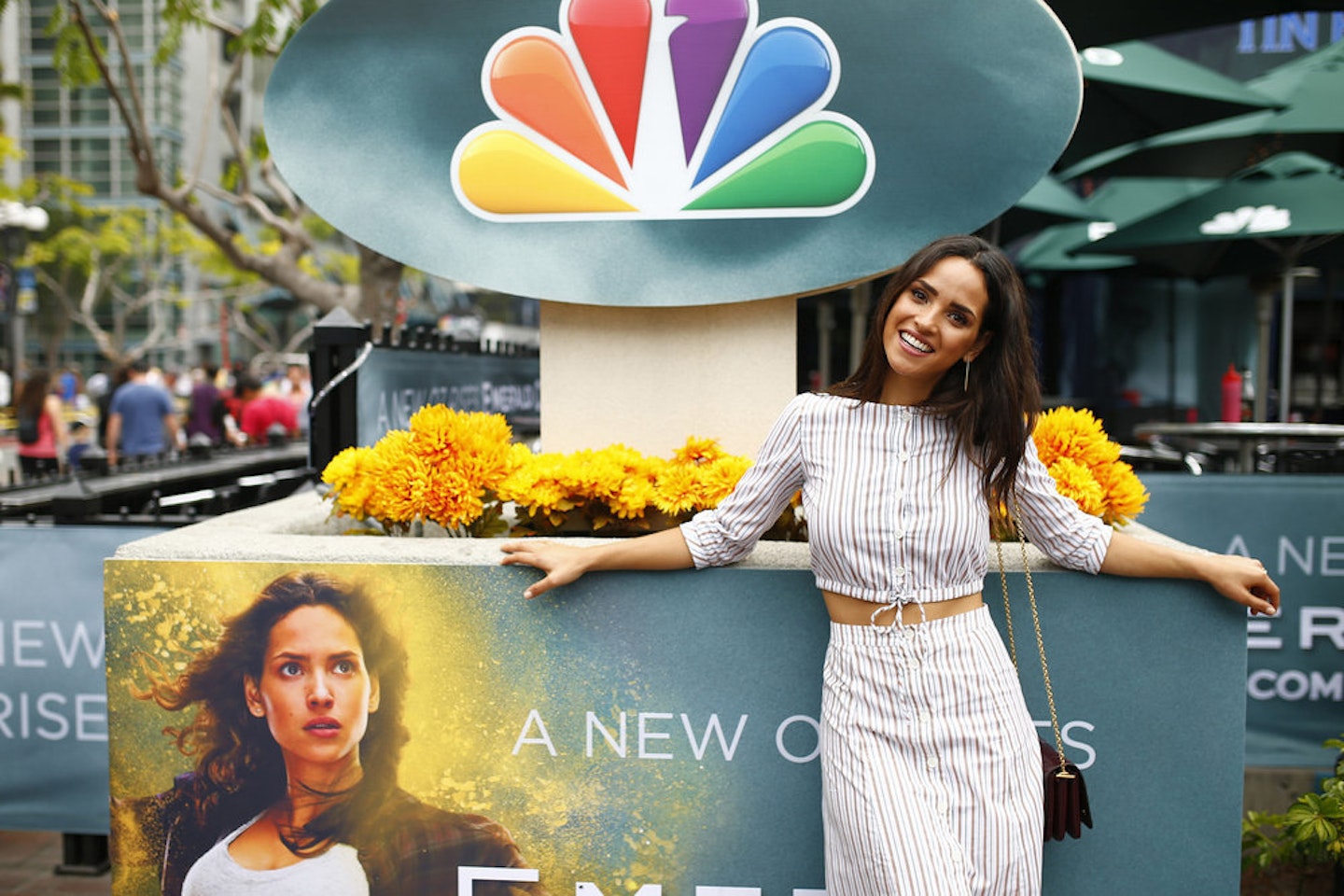
Oh, yeah, those damn flying monkeys!
The flying monkeys, the screaming forest, the Wicked Witch Of The West, the Wicked Witch Of The East. The man behind the curtain. Yes, we remember the songs, but I think people forget how terrifying the movie can actually be. If anything, our show is less scary than the movie. Our flying monkeys actually don't swoop down and rip the poor Scarecrow to shreds. I disagree that the show is a happy-go-lucky show that we're suddenly making dark.
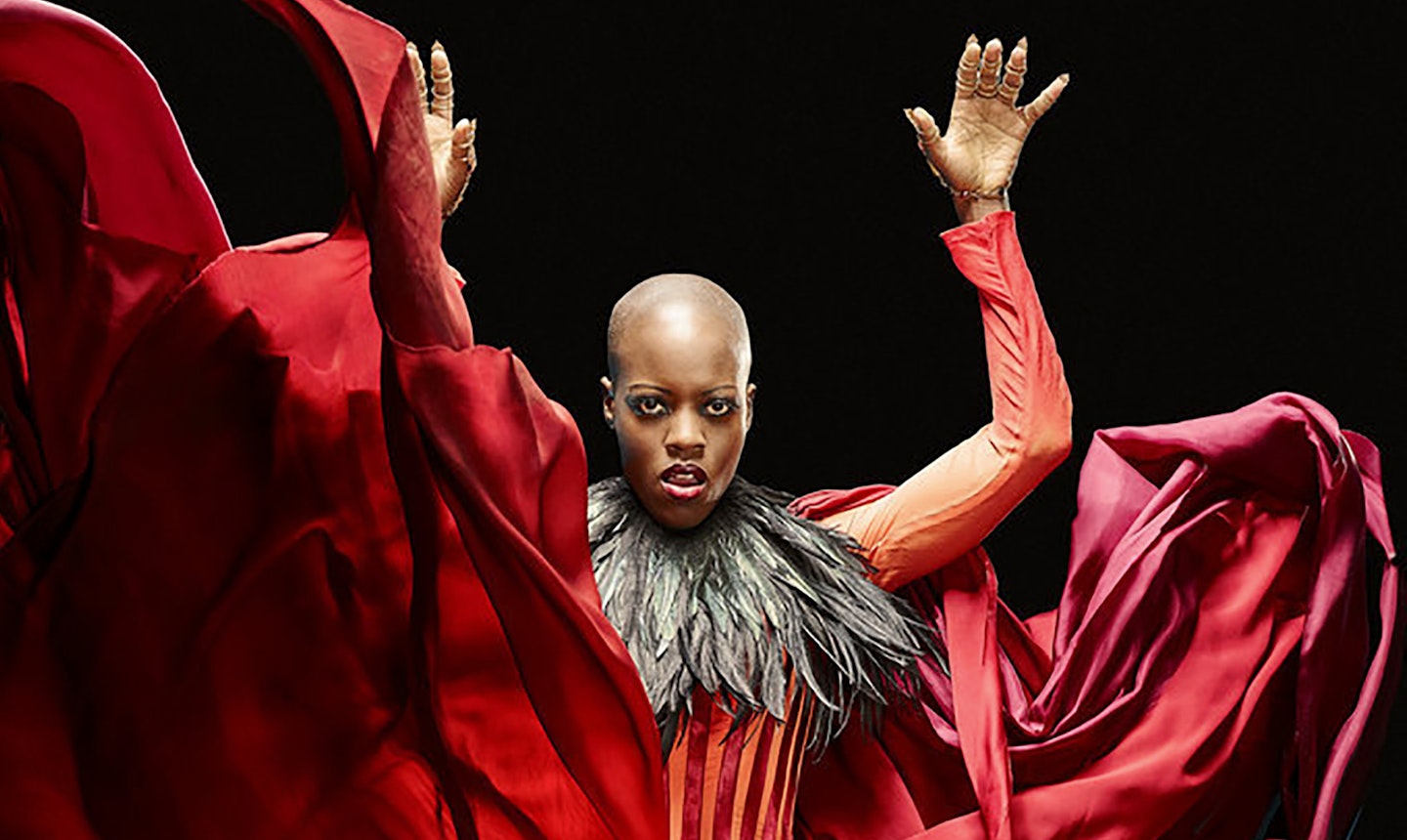
That wasn’t in reference to the movie, but rather the books and the overall world of Oz.
Our show isn't dark. It's an adult show, but we're not a dark show. If anything, our goaL is to be the most beautiful show on television. Sometimes we can be dark and sometimes we can be gorgeous, but I don't think we're a dark show. I think we're an adult show.
So what is the power of this approach that you're taking? What is it that makes this a unique take on the material?
I'm going to start with Tarsem, who took our material and visually realized it in a way that I don't think you see anywhere else on television. To me, that's the most exciting part, when you actually see what you've written elevated in a way that you are just grateful, but surprised and moved. I did not see it the way he envisioned it. He just took it to a new level. For me as a visual storyteller, having Tarsem as a partner to that, upping the game for network television, is a thrill I never get tired of. In terms of the actual material, going back to these books and finding characters that resonate today was super exciting. To me, and I know to Josh as well, it was the only reason to get involved in the show. We have trans-characters coming up that are actually taken from the book. It's not something that we all of a sudden said, "Let's do this in 2017." There's a character in the book that's — I don't want to reveal anything — going back and forth between a male body and a female body, and what that's like for that character.

Certainly timely.
It's a great character in the book that no one knows about called Langwidere, the princess of Ev, and in the book she removes her head and puts on a new head. She's constantly changing out her heads and our character wears a mask. You never actually see her face and she's constantly changing her masks. There's a lot of really fascinating characters that we're so excited to bring to life in a way that they just haven't yet.
What’s great is that you’re talking about all of Oz, whereas most people’s cut-off point is *The Wizard Of Oz *movie. So for a lot of them, this is going to be brand-new material.
Absolutely and people are going to think — like with Langwidere — we’re just trying to be topical, but we’re actually trying to be truthful to the books. Some of the characters in the books are not really worth putting on TV, but when you can find these gems that speak to today's audience, it's just thrilling.
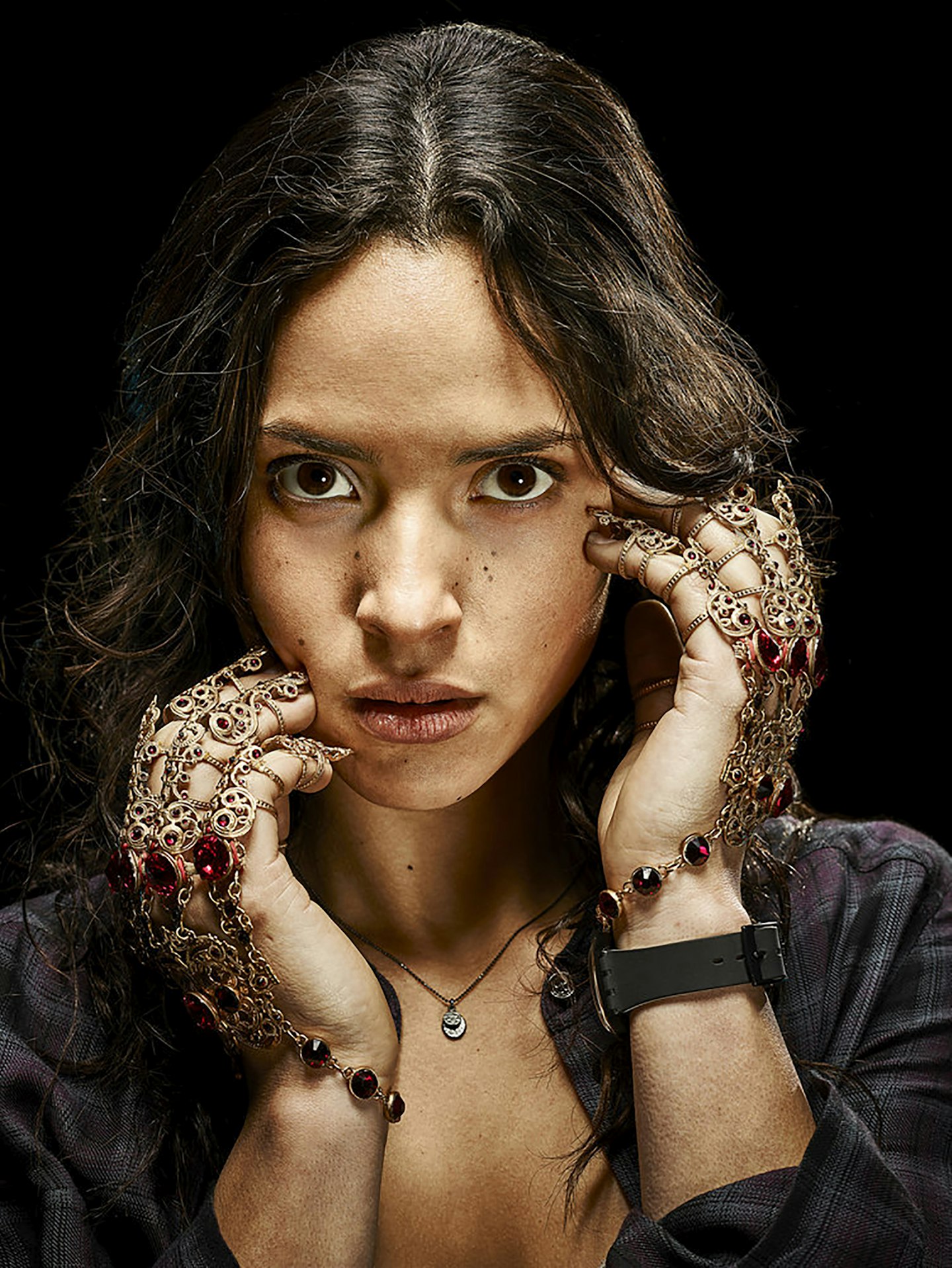
Do you roll your eyes or embrace it when people say things like, "Oh, they're giving Oz the Game Of Thrones treatment”?
Look, if they're comparing us to Game Of Thrones, great. Keep those comparisons coming. If they're comparing us to what I think is one of the best shows on television, how could I refuse that comparison? We're an adult fantasy, so it's really the only other comparison out there.
Earlier you brought up Tarsem. It’s pretty unusual that one person would direct ten hours of a show. How did that come about?
I saw Tarsem's movie The Fall, which blew me away. As soon as I saw that movie, I knew he was the one for this show. It was otherworldly, his movie, and I knew that that's what we needed to bring to Emerald City. We approached Tarsem. He loved the material, but he had a caveat. The caveat was, "I direct all of them, or none of them." Tarsem said the hardest part for him is creating the world, so why would he want to spend half a year and up to a year, creating this world and then give it to someone else? He always compared it to having someone else sleep with his wife.

Everyone was skeptical, of course. We brought Tarsem in to meet with NBCUniversal’s Bob Greenblatt and Bob sat down and said, "How are you going to direct ten hours of television in three different countries, knowing that if we don't like a scene that we shot in Spain, how are we going to re-shoot that scene?" Tarsem says, "You're not." He was very up-front, saying, "We're going to go to three different countries. You're going to look at the dailies as soon as they’re ready. You can't do re-shoots. You can't re-cast, but I guarantee you, I'll make something you will not have seen before." To his credit, Bob said, "That's an offer I can't refuse." Tarsem directed all ten hours. We spent nearly six months in pre-production, scouting locations all across Eastern Europe and Western Europe. Our set designer, Dave Warren, is Terry Gilliam's set designer. Our costume designer did three Star Wars movies. Because it was Tarsem, we were able to assemble the most amazing production team I've ever worked with in television, without a doubt. Everyone jumped on board to work with Tarsem, including us.
The real question, of course, is whether or not Bob Greenblatt had cause for alarm. It’s one thing to say, “I agree with this,” but then there’s the actual production.
As soon as Bob gave Tarsem the go-ahead, terror set in. “What if one of the actors don’t work out? How are we going to recast? We have a very healthy budget, but we don’t have a budget big enough to travel back to a country with all of our crew to re-shoot scenes with new actors.” Luckily, and, again, this has never happened to me, not a single actor was recast and not a single scene was reshot.
Everyone was very on top of the dailies. Once we chose all of our locations with Tarsem, we did an enormous show-and-tell where we walked the studio and the network through all ten episodes worth of locations. We had all ten scripts written before we started shooting, which enabled us to cross-board all ten episodes like a movie. On one day we shot the first half of episode one and the end of episode ten. In one location. We treated it like a ten-hour movie.
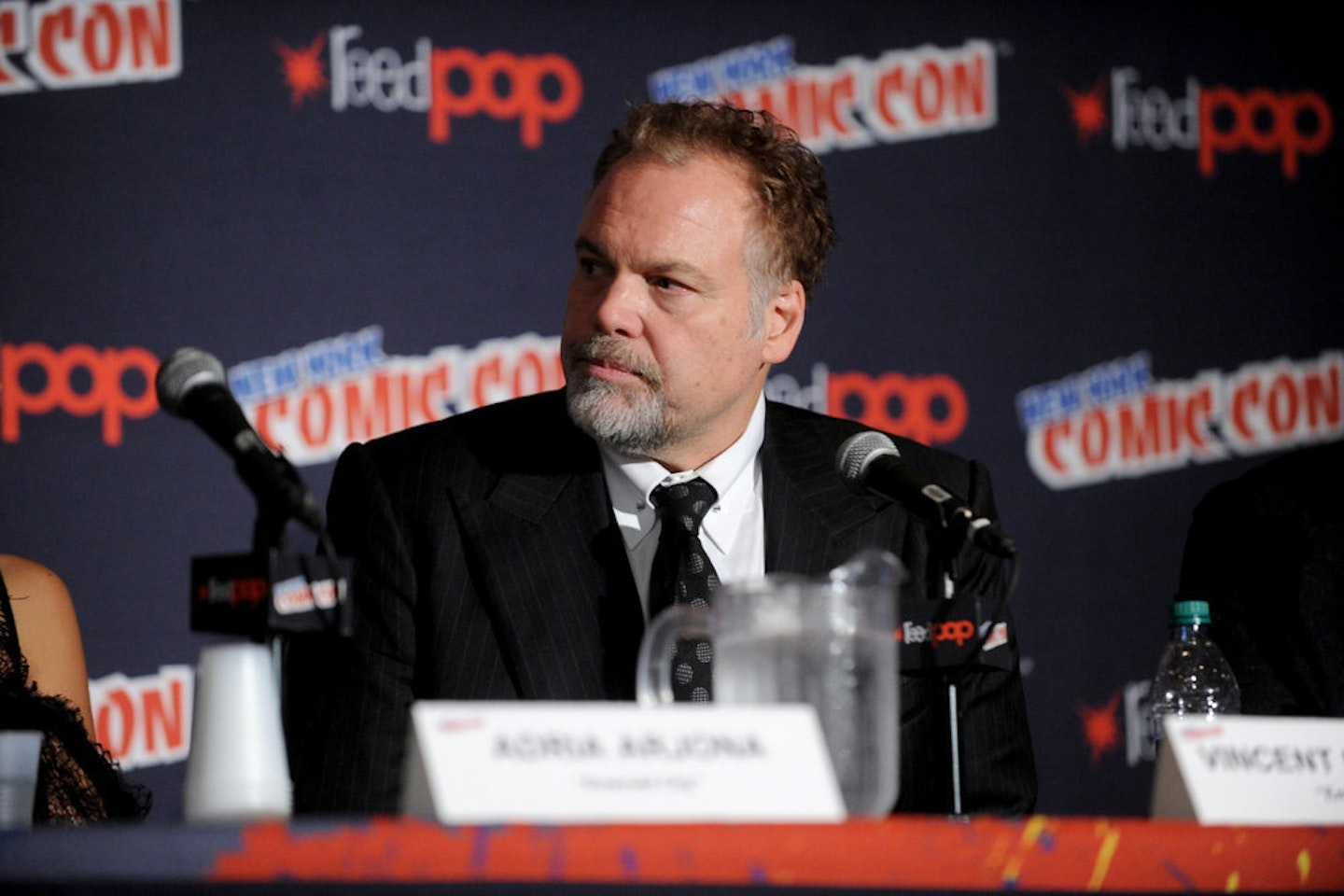
And Bob Zemeckis thought he had a hard time with Back To The Future II and III shooting back-to-back. Hah!
Exactly!
Child’s play.
One point I'd like to make is that the diversity of the cast is important. I'll be the jerk who quotes Shakespeare, but our only job is to hold a mirror up to nature, and if everyone in front of the camera is white or straight or male, and everyone behind the camera is white or straight or male, or if everyone in the writers' room or the editing suites are white or straight or male, then we're not doing our job. We're not holding a mirror up to nature. That's the bare minimum of what we have to do as artists. Hopefully the diversity of our cast actually reflects the world we live in.
Emerald City premieres 6 January in the US, UK broadcaster TBA
